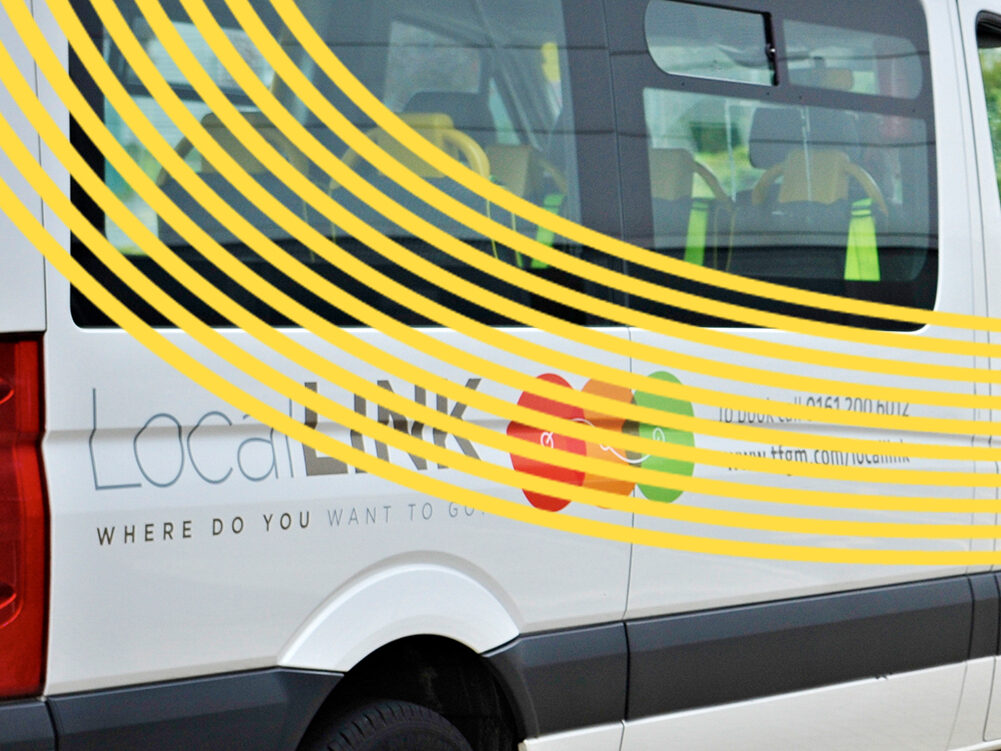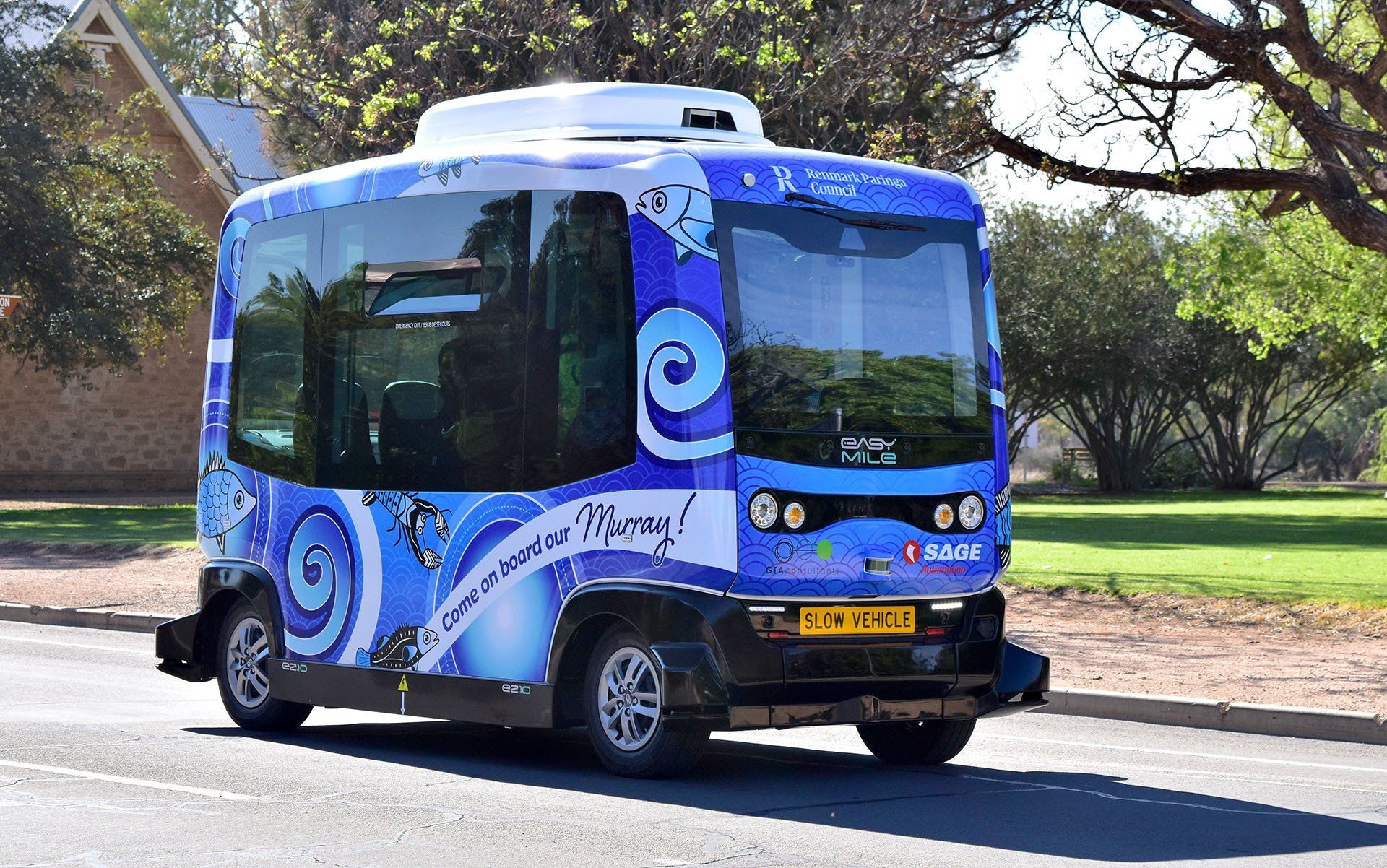Smart-Cities Traffic Management Technology Set for Major Upgrade
Transport for NSW today announced a major investment in the Sydney Coordinated Adaptive Traffic System (SCATS), setting up a dedicated team to accelerate the development of the technology and software and to expand its commercial activities.
SCATS is an intelligent real-time traffic signal control system that synchronises traffic signals according to complex algorithms to optimise traffic flows. It has been developed by the NSW Government since the 1970s and is now the most widely used adaptive traffic control system worldwide, installed in over 55,000 intersections and 28 countries worldwide.

The dedicated team will include experienced technology developers, engineers, and commercial leaders to build SCATS into a leading product and venture in the smart-cities technology sector.
Rob Sharp, Secretary of Transport for NSW said the timing was right to expand SCATS to capitalise on decades of development and address a fast-growing Intelligent Transport Systems market.
Secretary of Transport for NSW, Rob Sharp, said:Adaptive technologies like SCATS can improve the lives of citizens, reduce transport emissions and help unlock additional economic growth. SCATS has a major role to play both here in NSW and around the world. This investment will accelerate the development of an even more dynamic system that will benefit drivers everywhere for many years to come.
SCATS is mission-critical to Transport for NSW and its global commercial customer base, improving traffic flows, managing congestion and keeping people safe in 187 cities around the world every day. Beyond delivering network optimisation and safety outcomes, SCATS is critical to Transport for NSW’s technology agenda, and supports NSW as a global leader in transport innovation and technology.
Joost de Kock, Deputy Secretary of the Customer Strategy and Technology division at Transport for NSW said the technical and commercial priorities for SCATS going forward will showcase how Transport for NSW is harnessing innovation to deliver better outcomes for road users.
Deputy Secretary of the Customer Strategy and Technology division at Transport for NSW, Joost de Kock, said:Modern features such as easy integration with third-party sensors including radar, bluetooth, infrared and cameras, machine learning based prediction, sophisticated analytics and performance reporting and a UI/UX refresh will significantly improve the commercial customer experience and traffic flow outcomes.
We also aim to build on existing commercial customer relationships by providing significantly greater training, collaboration and ongoing support. We invite any transport agency interested in trialling SCATS to get in touch.
This article was originally published by Transport for NSW.









